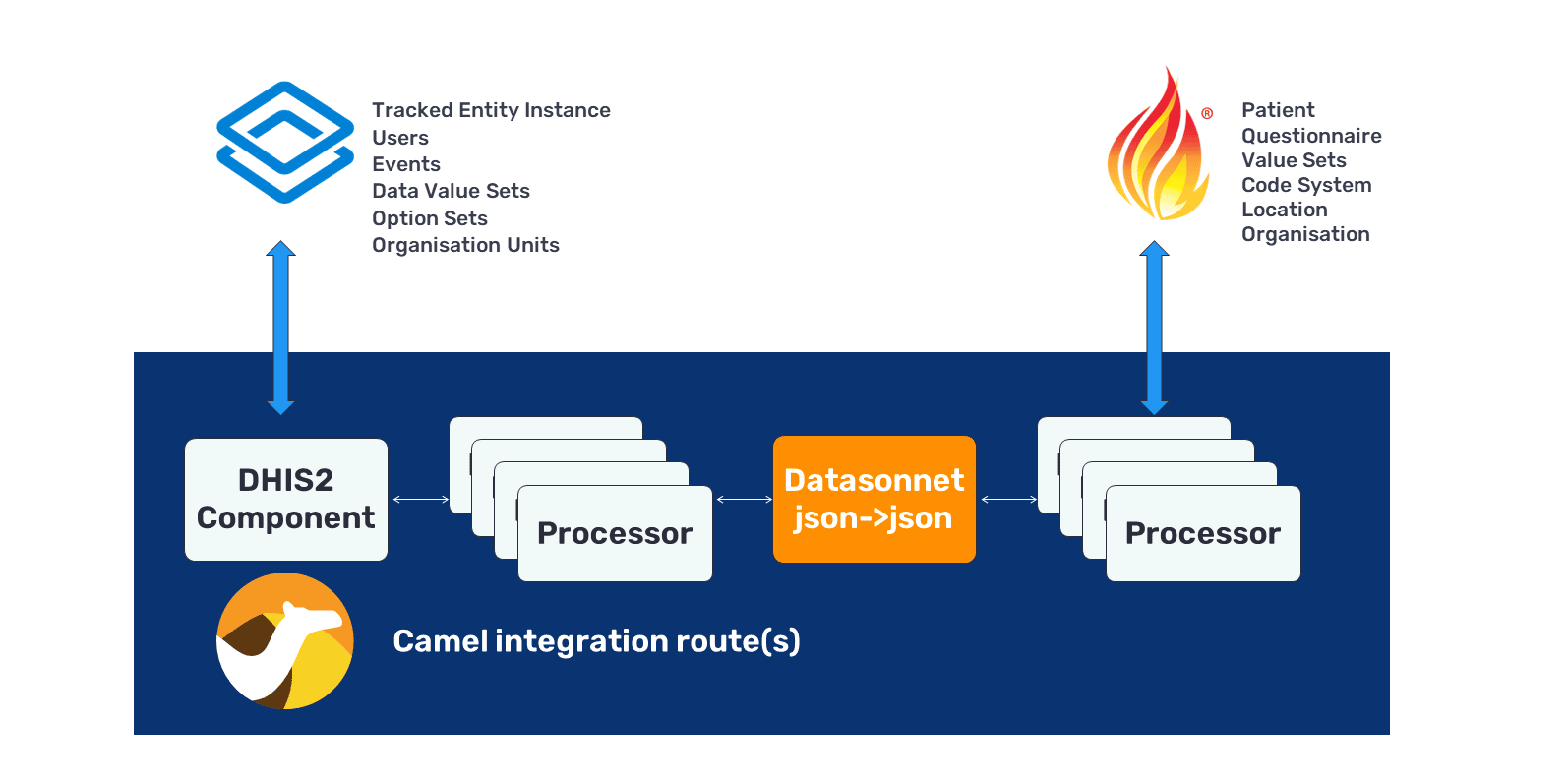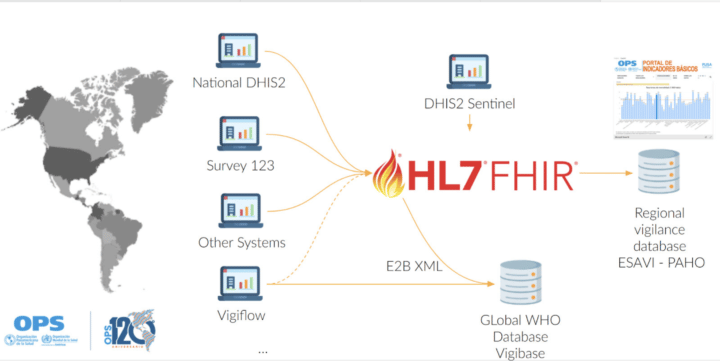FHIR (Fast Healthcare Interoperability Resources) is a standard which is curated by the FHIR management group within the HL7 consortium. From the HL7 FHIR product description:
FHIR is an interoperability standard intended to facilitate the exchange of healthcare information between healthcare providers, patients, caregivers, payers, researchers, and any one else involved in the healthcare ecosystem. It consists of 2 main parts – a content model in the form of ‘resources’, and a specification for the exchange of these resources in the form of real-time RESTful interfaces as well as messaging and Documents.
Whereas legacy HL7 has not disappeared, FHIR makes use of RESTful paradigms which are more familiar to modern web application developers. It has seen an increase in interest and uptake over the past few years, with major vendors such as Microsoft, Google, Epic, and others creating FHIR-enabled tooling and interfaces. There has also been considerable interest and work being done within the international development community, including the OpenHIE community as well as technical working groups within WHO.
FHIR defines a rich ontology of base resources such as Patient, Observation, ValueSet, CodeSystem, etc. The rapid evolution of FHIR has resulted in the need to establish different maturity levels for different resources. So whereas it is under fairly constant development, there are a growing subset of resources which have achieved normative status.
The base resources are defined with extensibility and customization in mind. The fields and codings required to describe a Patient in the United States for example, might differ substantially with those required in Norway or Sierra Leone. The process of customizing, extending and constraining base resources is known as profiling. Establishing consensus around profiles is a key activity in establishing actual interoperability between participating systems. In DHIS2 terms, this is similar to Tracked Entity Instances (TEIs) – the fact that two DHIS2 systems both support TEIs doesn’t necessarily imply they can exchange data without harmonizing attributes, option sets, etc.
The base FHIR resources are managed through the HL7 FHIR management group, but any organization can create and publish profiles. So for example, it is a common activity for national jurisdictions to create national profiles. There has been some attempt to harmonize these activities through efforts like the International Patient Summary.
A related concept to the FHIR profile is the FHIR Implementation Guide (IG). IG’s provide a consistent way of describing related collections of profiled FHIR resources to address particular problem domains. They typically incorporate machine readable artifacts as well as narrative text, examples, and so on.


